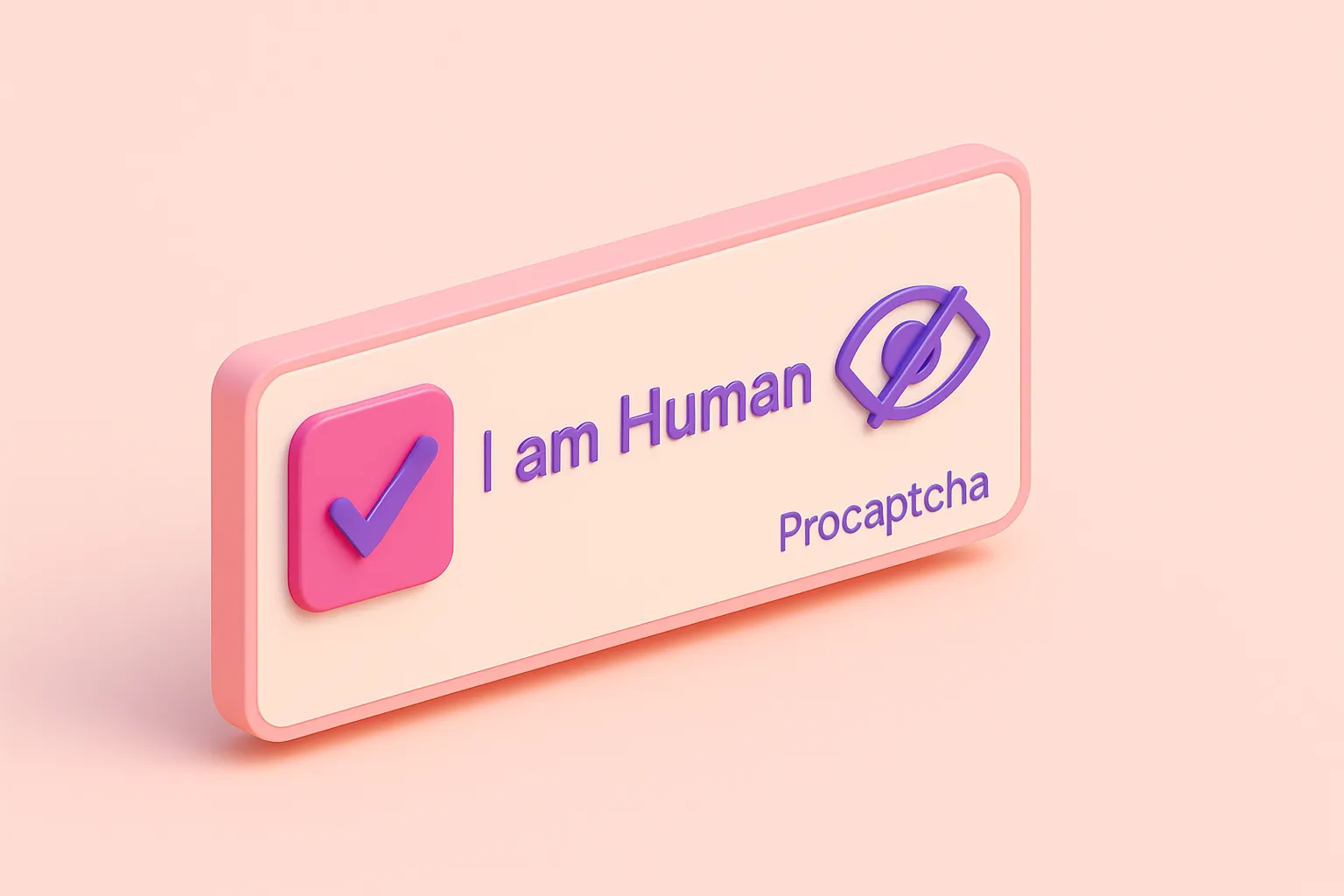What is the Future of CAPTCHA and Online Privacy
Every day, over 200 million CAPTCHAs are solved worldwide, costing users millions of hours in lost time. On average, a person spends 32 seconds solving each challenge - frustrating, right? As AI grows smarter, the future of CAPTCHA and online privacy is shifting toward invisible, seamless authentication.
The days of clicking “all the crosswalks” are numbered, making way for frictionless security that protects without disrupting your experience.
In this article, we will:
- Discover how modern CAPTCHAs protect your identity
- See how three companies upgraded security with new CAPTCHAs
- Learn why accessible verification matters for everyone
Beyond the Checkbox: How CAPTCHAs Are Evolving to Protect Your Digital Identity
The familiar "I'm not a robot" checkboxes and distorted text puzzles are quickly becoming outdated. As cyber threats evolve and AI grows more powerful, CAPTCHA technology is undergoing a major transformation.
The next generation of CAPTCHA will focus on seamless security, AI-resistant verification, and privacy-first authentication.
Predictive Analysis of CAPTCHA Technology for 2025-2030
Image: https://pixabay.com/illustrations/ai-generated-digital-identity-9268105/
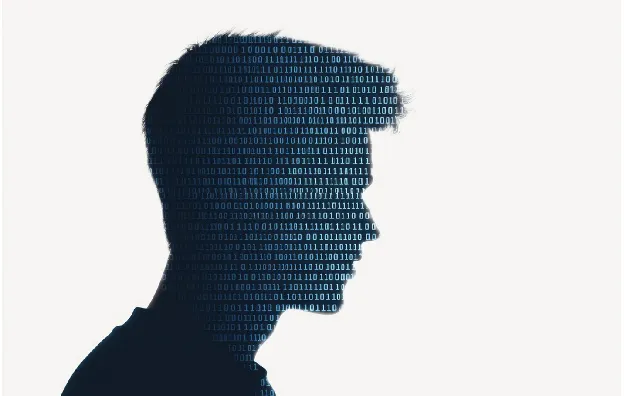
CAPTCHA, as we know it, is changing. The increasing sophistication of AI-powered CAPTCHA solvers is making traditional methods obsolete. By 2025-2030, here's what experts predict:
- Frictionless Background Authentication – CAPTCHA will work silently, eliminating disruptive puzzles and tests.
- AI-Driven Behavioral Analysis – Security systems will verify users based on real-time behavior instead of manual challenges.
- Privacy-Centric Alternatives – New verification methods will prioritize user anonymity while keeping bots at bay.
As AI improves at mimicking humans, CAPTCHA must become smarter and more intuitive. This will lead to a future dominated by invisible, next-generation authentication techniques.
The Shift Toward Invisible, Continuous Authentication Methods
The future of CAPTCHA lies in invisible authentication - where verification happens in the background without user interaction.
- Behavioral Biometrics – AI will analyze keystroke dynamics, mouse movements, and scrolling patterns to differentiate humans from bots.
- Passive Authentication – Security systems will detect device fingerprints, browsing habits, and network behavior to verify users silently.
- Zero-Friction Security – Users will never see a CAPTCHA, as verification will happen instantly and seamlessly.
This shift not only improves security but also enhances user experience, reducing frustration and accessibility issues.
AI-Proof Verification Techniques on the Horizon
As AI grows more advanced, CAPTCHAs must evolve to remain one step ahead. The next wave of AI-resistant techniques includes:
- Multimodal Verification – Combining voice recognition, facial analysis, and biometrics to make it harder for AI to fake human presence.
- Human-Only Challenges – Security tasks focused on emotional analysis, creative problem-solving, and abstract reasoning, which AI still struggles with.
- Decentralized Identity Verification – Blockchain-based authentication that eliminates the need for centralized CAPTCHA systems while protecting user privacy.
These next-gen verification techniques will ensure that bots stay out while legitimate users experience a seamless browsing experience. By prioritizing a secure CAPTCHA solution, businesses can enhance security while maintaining user convenience
How Privacy Concerns Will Reshape CAPTCHA Development
CAPTCHA technology is not just about security - it's also a growing privacy concern. Many users are now questioning how their data is collected and used.
- Data Tracking Risks – Some CAPTCHA systems track user behavior across multiple websites, raising concerns about data privacy.
- Biometric & AI Surveillance – The rise of facial recognition and fingerprint verification introduces new risks of mass surveillance and data misuse.
- Stronger Privacy Regulations – Laws like GDPR and CCPA are forcing companies to rethink CAPTCHA implementation to avoid privacy violations.
With users demanding more control over their data, the industry is shifting toward privacy-first alternatives that offer security without invasive tracking.
The Emergence of Privacy-First Verification Alternatives
The future of CAPTCHA isn't just about keeping bots out - it's about doing so without compromising user privacy. New authentication models are emerging to strike this balance:
- Zero-Knowledge Proofs (ZKP) – Users can prove their identity without revealing personal details.
- Decentralized Identity Systems (DID) – Blockchain-powered authentication that removes the need for centralized CAPTCHA providers.
- Federated Learning for Authentication – AI-powered verification that never stores or transmits sensitive data, keeping users anonymous.
These privacy-first approaches are expected to replace traditional CAPTCHA by offering both enhanced security and complete anonymity.
Success Stories: 4 Solutions That Revolutionized Security with Next-Gen CAPTCHA
Image: https://pixabay.com/photos/cyber-security-global-network-2296269/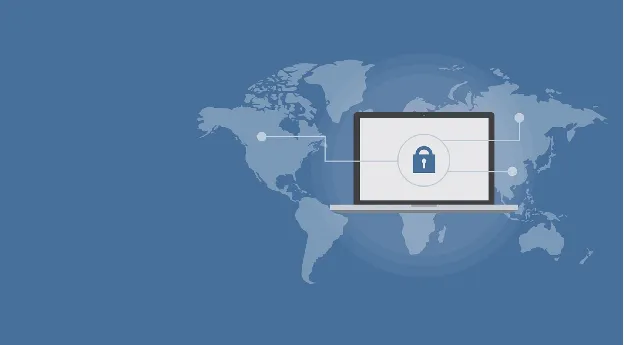
Next-generation verification systems are proving that security and user experience can coexist. These real-world examples show how companies have strengthened protection while improving satisfaction.
Google's Invisible reCAPTCHA – Reducing User Friction by 90%
Challenge:
Google, a leader in online security, faced a major issue - traditional CAPTCHA methods were frustrating users while failing to stop sophisticated AI-driven bot attacks.
Solution:
They introduced Invisible reCAPTCHA, which analyzes user behavior in real-time instead of forcing them to complete puzzles. This AI-powered approach eliminates the need for user interaction in 90% of cases, only prompting users if suspicious activity is detected.
Results:
- 90% reduction in user friction compared to older CAPTCHA systems.
- Significant improvement in bot detection rates, as machine-learning models continuously adapt to new threats.
- Higher conversion rates for businesses using Google's CAPTCHA, as fewer users abandoned forms due to frustrating verification steps.
Cloudflare's Turnstile CAPTCHA – Privacy-First Security Without Data Tracking
Challenge:
With growing concerns over privacy-invasive CAPTCHA systems that track user data across multiple websites, Cloudflare needed a solution that was both secure and privacy-compliant.
Solution:
They launched Turnstile CAPTCHA, which verifies users without relying on third-party tracking. Instead, it analyzes device behavior and interaction patterns while ensuring compliance with GDPR and CCPA privacy laws.
Results:
- 40% faster verification compared to traditional CAPTCHA.
- No third-party tracking, giving users complete control over their data.
- Significant bot traffic reduction, without frustrating real users.
eCommerce Giant Shopify – Reducing Fake Sign-Ups & Checkout Fraud
Challenge:
Shopify was battling a surge in bot-generated fake sign-ups, leading to spam accounts, fraudulent orders, and loss of revenue for merchants.
Solution:
They integrated an AI-driven CAPTCHA that detects human behavior, such as mouse movements, keystroke dynamics, and interaction speed. Unlike traditional CAPTCHA, this method works silently in the background, identifying suspicious behavior without disturbing legitimate users.
Results:
- 30% fewer abandoned checkouts due to a smoother shopping experience.
- 80% reduction in bot-driven fake sign-ups.
- Fraudulent transactions decreased by 60%, protecting both Shopify and its merchants.
Procaptcha – Revolutionizing Bot Protection & Privacy
Challenge:
As bot-related threats escalate, many businesses are forced to rely on solutions like reCAPTCHA, which can be expensive, intrusive, and often ineffective against sophisticated bots.
Solution:
Prosopo offers a dynamic & Proof of Work (PoW) CAPTCHA system, ensuring a seamless user experience while blocking bots. Unlike traditional CAPTCHA systems, Prosopo tailors its security measures based on the risk level, switching between PoW or image CAPTCHA challenges to block malicious activity effectively.
Results:
- Cost-effective bot protection: With transparent, competitive pricing, businesses save money while gaining robust protection.
- Enhanced security: PoW CAPTCHA ensures top-tier security, blocking bots while maintaining a smooth user experience.
- Privacy-first approach: Prosopo minimizes data collection while ensuring effective bot detection.
No More Clicks and Puzzles: Embrace Seamless Online Security
The days of frustrating CAPTCHAs are fading as AI-driven, invisible authentication takes center stage. Businesses are shifting towards seamless, privacy-first security, eliminating outdated puzzles while keeping bots at bay. From behavioral biometrics to decentralized identity verification, the future of CAPTCHA is smarter, faster, and frictionless.
Ready to explore security without the hassle? Discover how Pow Captcha and next-gen verification can protect your online identity effortlessly.
Related Posts to What is the Future of CAPTCHA and Online Privacy
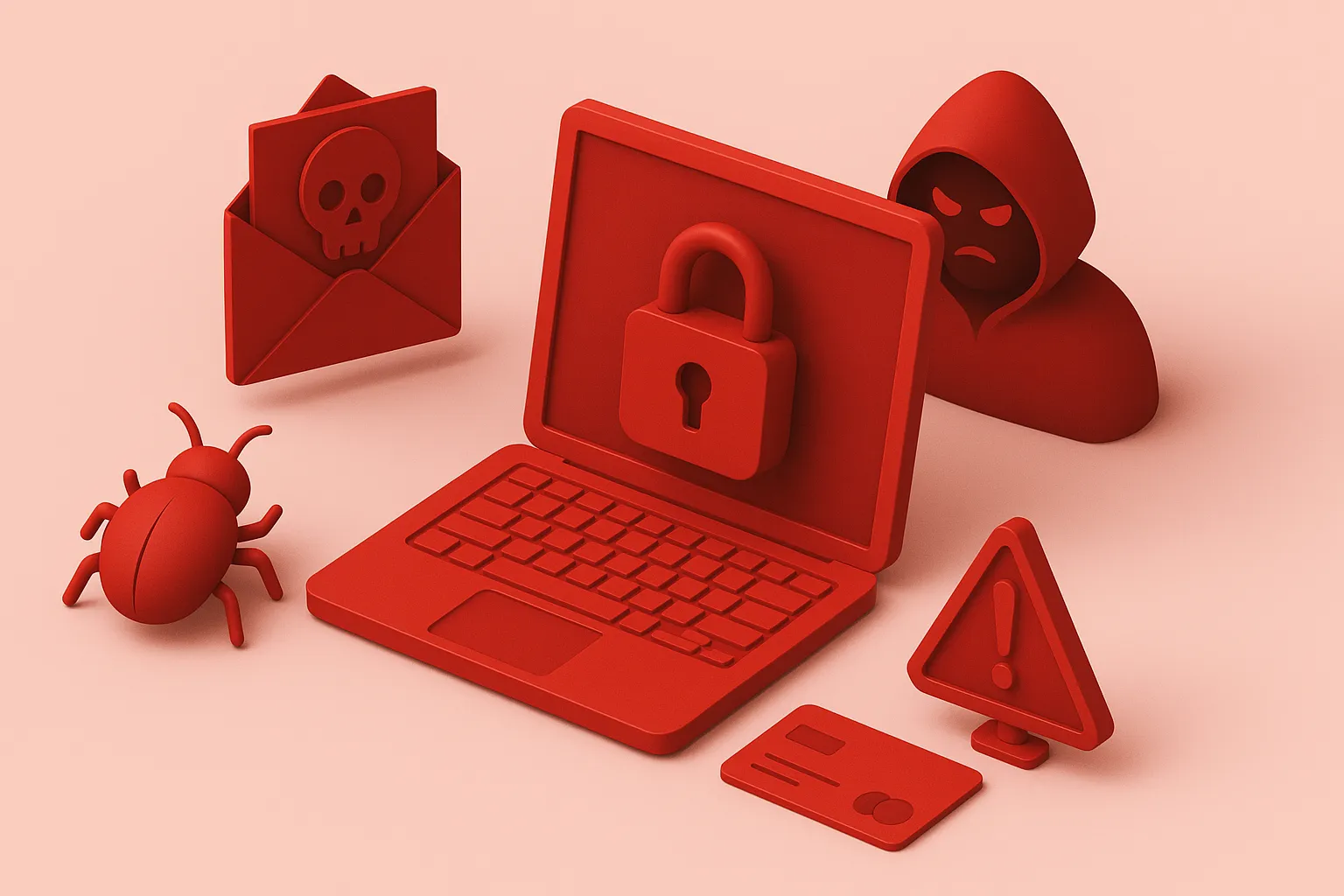
Which Security Risks Does CAPTCHA Pose: Critical Flaws?
Tue, 25 Mar 2025

What do Artists do to Prevent Ticket Scalping?
Wed, 02 Apr 2025

What Privacy Laws Should CAPTCHA Providers Comply With
Sun, 06 Apr 2025
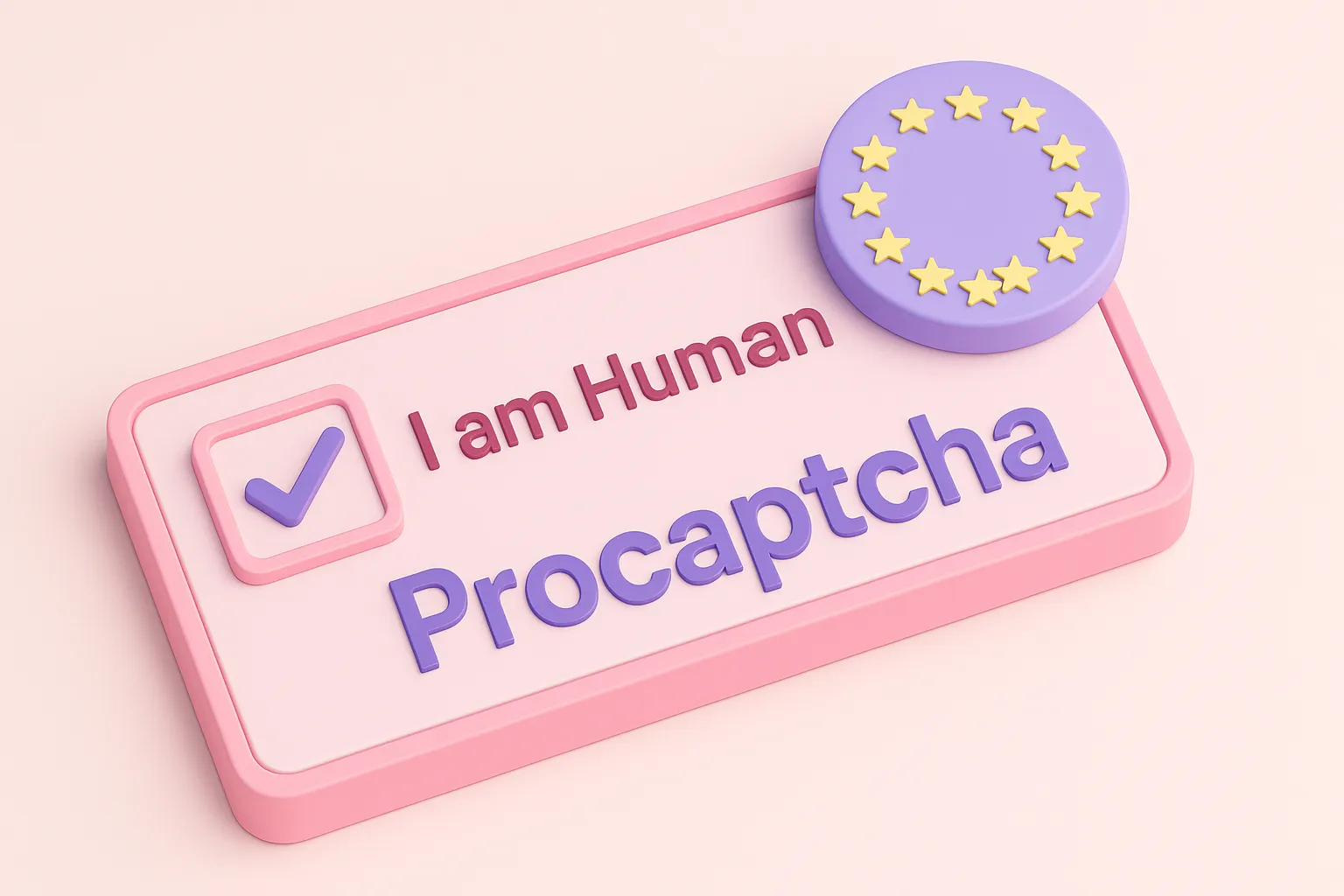
How to Make CAPTCHA GDPR Compliant & Protect Privacy
Tue, 08 Apr 2025

How Do Scalpers Get Tickets Before Selling Them
Wed, 09 Apr 2025

How to Integrate CAPTCHA Without Violating User Rights
Sat, 12 Apr 2025

How to Choose a GDPR-Friendly CAPTCHA for WordPress
Fri, 18 Apr 2025

How Does CAPTCHA Collect User Data? The Reality
Fri, 25 Apr 2025

🎫 Preventing Ticket Bots - The Battle for Fair Access
Sun, 02 Nov 2025

Survey Companies Are Having Their Data Compromised by AI Bots
Tue, 25 Nov 2025
Start for free today. No credit card required.
